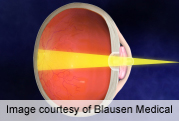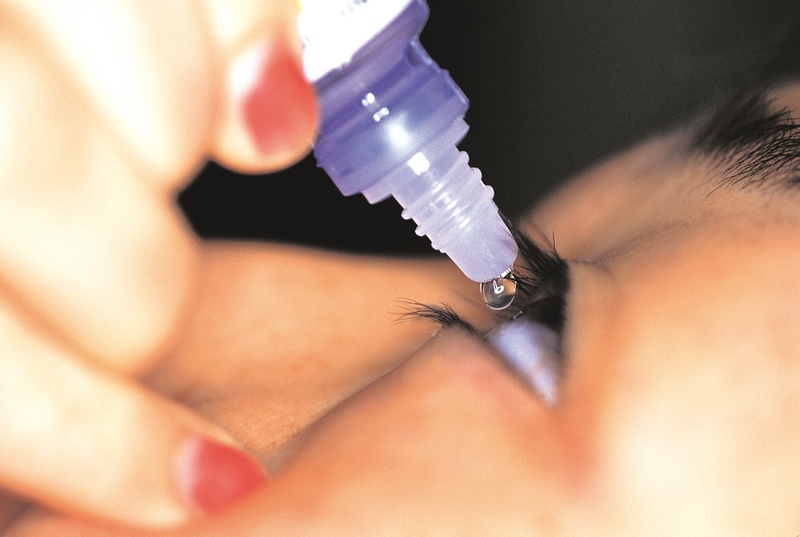
FRIDAY, Aug. 10 (HealthDay News) — The U.S. Food and Drug Administration on Friday gave its approval to the drug Lucentis as a treatment for diabetic macular edema (DME), making it the first medicine approved for the ailment.
According to the U.S. Centers for Disease Control and Prevention, DME occurs when fluid enters the macula, the central part of the eye’s retina. This causes the macula to expand, blurring vision. Because up to 26 million Americans have either type 1 or type 2 diabetes, this eye condition is a major source of new-onset vision loss, the FDA said. In 2010, 3.9 million diabetic adults had trouble with their vision.
Laser surgery has been the only approved treatment until now for DME.
“Diabetes is a major public health issue in our country, and all patients with diabetes are at risk of developing diabetic macular edema,” Dr. Renata Albrecht, director of the division of transplant and ophthalmology products in the FDA’s Center for Drug Evaluation and Research, said in an agency news release. “Today’s approval represents a major development for the treatment of people whose vision is impaired by DME as a complication of their disease.”
Lucentis (ranibuzumab injection) is manufactured by Genentech and given via a monthly injection from a health care professional. It is meant to be taken along with proper blood sugar control, the FDA said. The drug has previously been approved to treat wet age-related macular degeneration, another major cause of vision loss in older individuals, and a condition called “macular edema following retinal vein occlusion,” where a blockage of veins in the retina cause fluid to leak into the macula.
According to the FDA, Friday’s approval was based on two studies involving 759 patients with DME who were treated and then followed for three years. The studies found that between 34 percent and 45 percent who received Lucentis gained at least three lines of vision on the standard eye chart test, compared to 12 percent to 18 percent of those who did not get the drug.
Side effects included bleeding in the tissue lining the inner part of the eyelids, eye pain, “floaters” and increased pressure within the eye.
More information
For more on diabetes-linked eye disease, including DME, head to the U.S. National Eye Institute.

